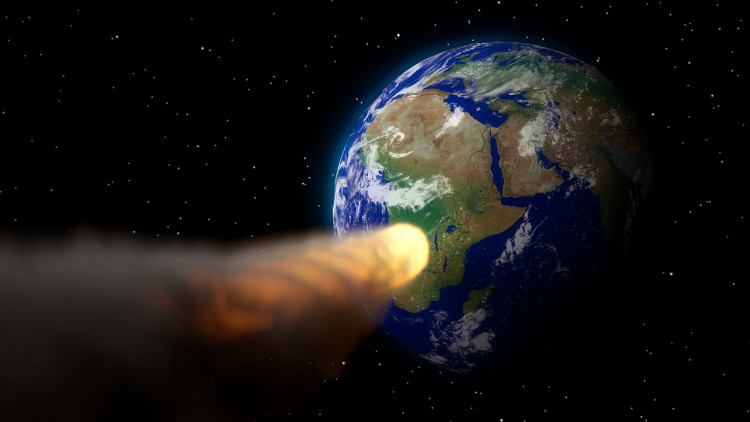A colossal asteroid would zoom by Earth on Christmas Day that is longer than two full-length football fields. NASA is actively tracking this.
Asteroid 501647 has been classified as 2014 SD224. (designated 2014 SD224). It is included in NASA's "close approach" list.
Its length could reach 689 feet in width. It has been estimated that it will be as close as 1.9 million miles away from our planet. A distance of almost two million miles may sound like a good distance, but considering the entirety of space, that's pretty close.
This is because traveling objects in space that are approaching about 4.65 million miles distant are considered a potentially hazardous distance. This standard has been set by space organizations that are exceptionally prudent and cautious.
There is very little to worry about, though, as this asteroid is not expected to be on a collision course with us. Instead, it is expected to zoom past us on Christmas, Dec. 25. The time it will be nearest is about 20:20 UTC.
At its size and distance, the Near-Earth Object (NEO) is considered a "potentially hazardous" object, but it does not pose a threat to Earth until it zips back later this week.
"Potentially hazardous" NEOs are classified as space objects within 0.05 astronomical units that weigh more than 460 feet in diameter, NASA explained.
This asteroid last got close to Earth on Jan. 26, 2020, and will not do so again until Dec. 18, 2021, NASA stated.
In addition to asteroid 501647 (2014 SD224), two other asteroids will fly safely past Earth on Christmas Day-2020 XY and 2020 YM1. They are both called NEOs and, like asteroid 501647, do not pose a danger to Earth.
In 2018, NASA released a 20-page proposal detailing the actions that the U.S. could take to better prepare for NEOs, such as asteroids and comets within 30 million miles of Earth.
A study found that Americans want a space policy that focuses on possible impacts by asteroids over the return of humans to the moon or Mars.
In April 2019, NASA awarded SpaceX, a space exploration corporation headed by Elon Musk, a $69 million contract to assist it with asteroid deflection through its DART mission.
NASA Administrator Jim Bridenstine said in April 2019 that an asteroid attack is not anything to be taken lightly and is perhaps the largest danger to Earth.





